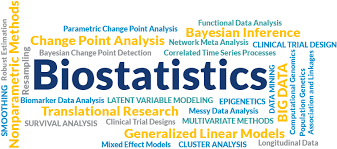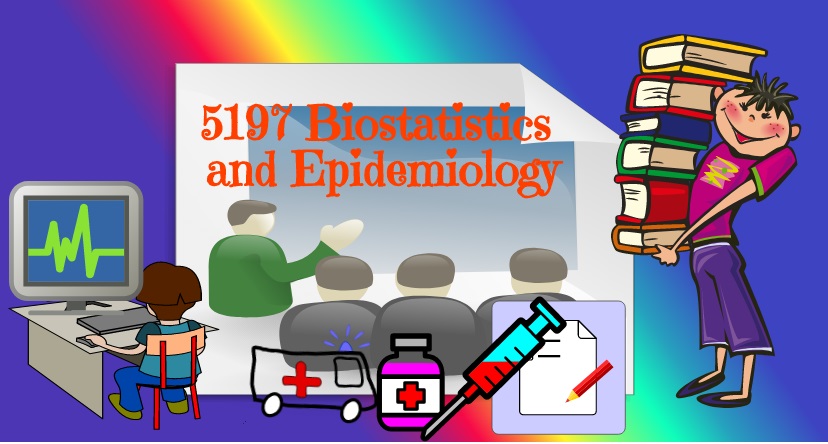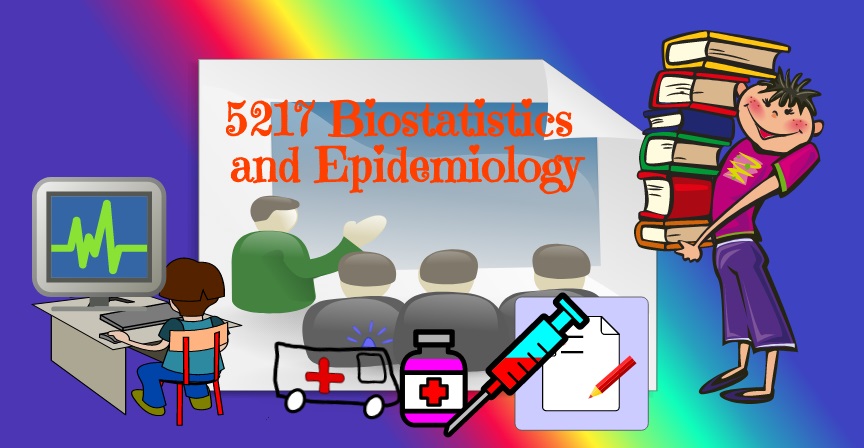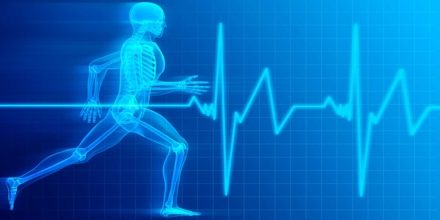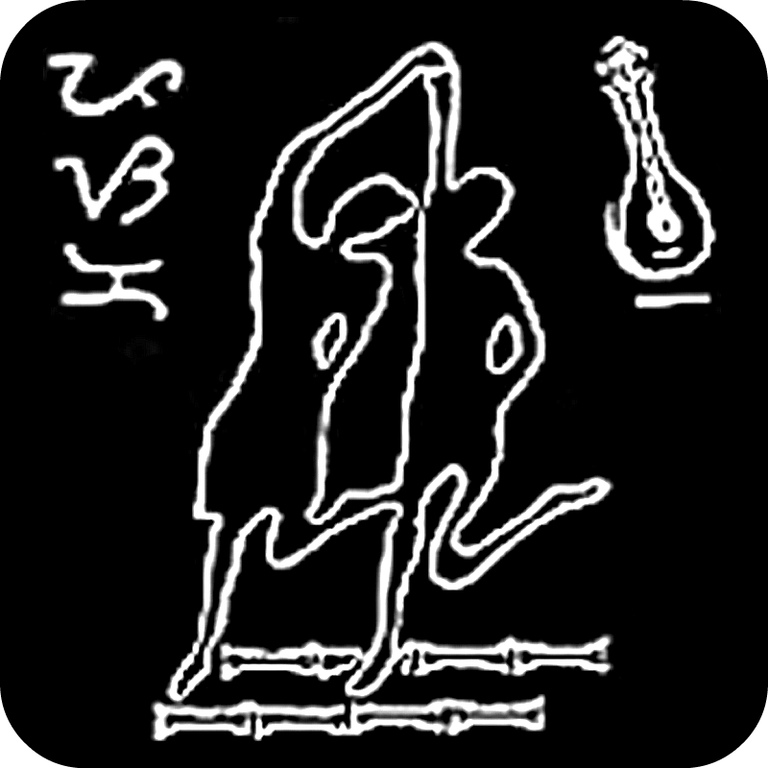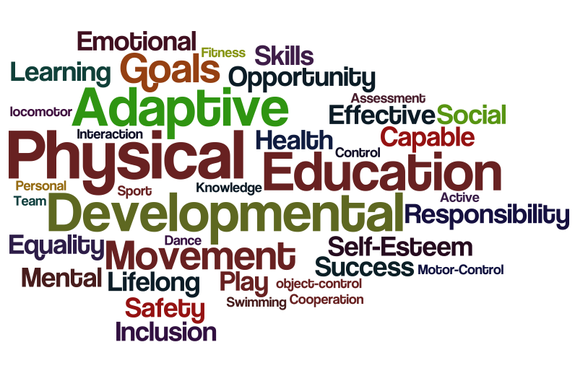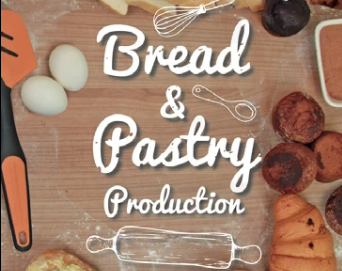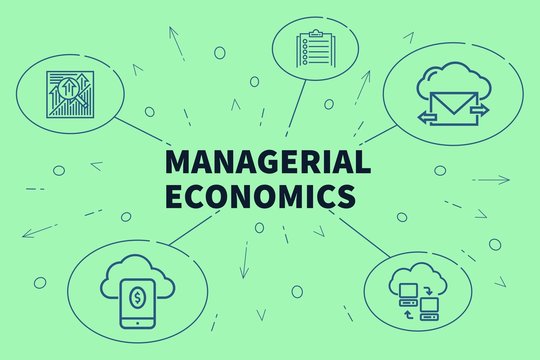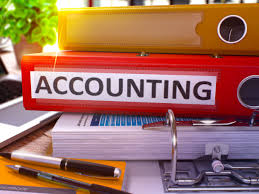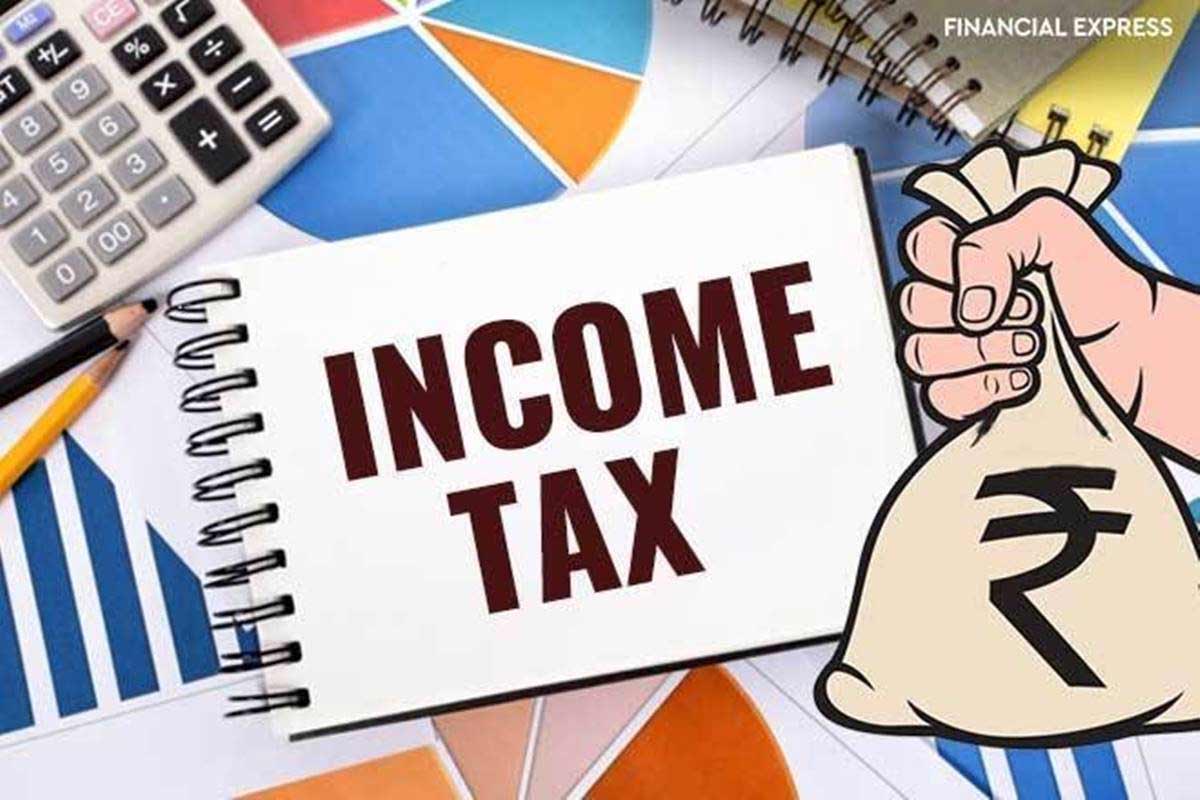Search results: 3380
The course covers the rudiments of statistical analyses as applied in health. It includes the use of excel and IBM SPSS.
- Teacher: JASON ARNOLD MASLANG
- Enrolled students: 6
- Enrolled students: No students enrolled in this course yet
This course examines common statistical methods used in biology. It will allow the students to carry out basic mathematical and statistical computations and the use of appropriate technologies in the analysis of biological data.
- Teacher: DOMINGA VALTORIBIO
- Enrolled students: 1
This course covers basic epidemiology principles, concepts, and procedures useful in the surveillance and investigation of health-related states or events.
This course also examines common statistical methods used in biology. It will allow the students to carry out basic mathematical and statistical computations and the use of appropriate technologies in the analysis of biological data.
- Teacher: MELANIE GURAT
- Enrolled students: 50
- Teacher: MELANIE GURAT
- Enrolled students: 26
This course covers basic epidemiology principles, concepts, and procedures useful in the surveillance and investigation of health-related states or events.
This course also examines common statistical methods used in biology. It will allow the students to carry out basic mathematical and statistical computations and the use of appropriate technologies in the analysis of biological data.
- Teacher: MELANIE GURAT
- Enrolled students: 25
This course covers basic epidemiology principles, concepts, and procedures useful in the surveillance and investigation of health-related states or events.
It also examines common statistical methods used in biology. It allows the students to carry out basic mathematical and statistical computations and the use of appropriate technologies in the analysis of biological data.
- Teacher: MELANIE GURAT
- Enrolled students: 50
- Teacher: MELANIE GURAT
- Enrolled students: 53
- Teacher: MELANIE GURAT
- Enrolled students: 22
The course provides an understanding of the physiologic responses of the body to the acute and chronic stresses of exercise and training stimuli, and the adaptations that result from these. Students are expected to: (1) define the physiological responses and adaptations to exercise and training of different types, intensifies and duration; and (2) report and interpret physiological data and refute the fallacies usually associated with exercise performance; (3) discuss the mechanisms and effects of exercise and physical activity on pathology.
- Teacher: MARY GRACE MEDINA BULATAO
- Enrolled students: 6
Applies practical skills and understanding the rudiments of folk dancing from the raw materials of published and unpublished dances. Analysis of dance instructions and technical interpretations from the written materials are underscored. Emphasis is given to valuing the context of dance as basis from interpreting dance movements with underpinning of preserving the legacy of the Filipino heritage.
This course covers the different folk dances of the Philippines. It includes basic dance steps and dance terms needed in the correct interpretation and performance of different dances here in our country. The study of the different folk dances is a skill necessary for teaching basic education curriculum intended for elementary and secondary students. It includes strategies and sequential activities with the aim of providing future teachers with the dance skills that will prepare them for folk dance teaching.
- Teacher: MARY GRACE MEDINA BULATAO
- Enrolled students: 5
The course provides students with opportunities to study, discuss, organize, and practice instructional methods for PE and Health in the K-12 PE and Health curriculum. It explores various processes in teaching PE and Health. A demonstration teaching employing various instructional strategies and methodologies is expected in the course.
Deals with the concepts, principles and theories for the proper identification of the different types of disabling conditions. It includes competencies in the teaching of physical and motor needs of students with disabilities. A 20-hour practicum includes observation of special education classes in any private or public schools and the preparation of modified physical education activities program address the physic and social needs of students with disabilities.
- Teacher: MARY GRACE MEDINA BULATAO
- Enrolled students: 18
Drug Education, Consumer Health and Healthy Eating
The course covers the different contents of Drug Education, Consumer Health, and Nutrition. It deals with the understanding of health-related issues and concerns about drug education, consumer health, and nutrition. Practical activities concerning drugs, consumerism and nutrition are required in the course.
- Teacher: Michael Gabriel
- Enrolled students: 10
- Teacher: JESUSA ANA MARIA JACALNE
- Enrolled students: 25
- Teacher: JESUSA ANA MARIA JACALNE
- Enrolled students: 33
- Teacher: George Rawson Guiab
- Enrolled students: No students enrolled in this course yet
This course presents the basic concepts of microeconomics theory with an emphasis on business applications. Its main objective is to develop students’ capacity to analyze the economic environments in which business entities operate and understand how managerial decisions can vary under different constraints that each economic environment places on a manager’s pursuit of his/her goals. Its focus will be on analyzing the functioning of markets, the economic behavior of firms and other economic agents under various market structures, and the economic and social implications of the outcomes. Students will learn to use economic models to isolate the relevant elements of a managerial problem, identify their relationships, and formulate them into a managerial model to which decision making tools can be applied.
- Teacher: LORETA GARLITOS
- Teacher: DORILYN TIONGSON
- Enrolled students: 49
- Teacher: MARIA CONCEPCION JALIJALI
- Teacher: DORILYN TIONGSON
- Enrolled students: 50
This course provides a reinforcement of basic accounting, within the context of business and business decisions. Students obtain additional knowledge of the principles and concepts of accounting as well as their application that will enable them to appreciate the production of accounting data. Emphasis is placed on understanding the reasons underlying basic accounting concepts and providing students with an adequate background on the recording of transactions, their classifications and reporting function of accounting in sole proprietorships, partnerships and corporations through the preparation of Statement of Financial Position, Income Statement, Statement of Changes in Equity, and Cash Flow Statement . Exposure through the use of practice sets, either manual or computerized system (MS Excel, Quickbooks) in recording and reporting transactions for service or trading firm is a requirement in this course. Toward the end of the course covering financial statements for corporation, there must be an introduction to regulatory reporting in the Philippines for Corporations which will be discussed in detail at Regulatory Framework and Legal Issues in Business.
- Teacher: Katrina Agacer
- Teacher: DORILYN TIONGSON
- Enrolled students: 45
- Teacher: Emerson Ramos
- Teacher: DORILYN TIONGSON
- Enrolled students: 50

